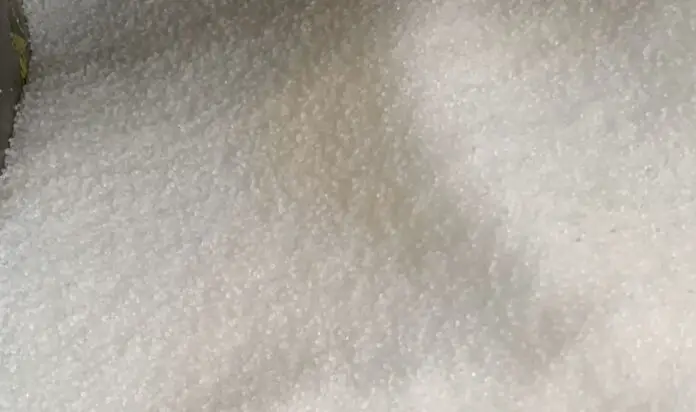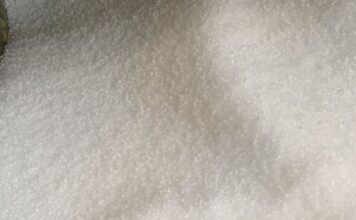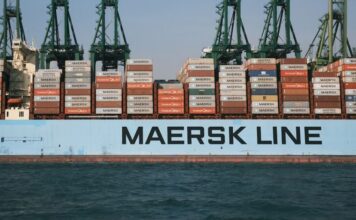Polypropylene (PP) was invented in 1954 by Professor Natta and was first manufactured commercially under the Moplen brand by the Montedison company in 1957.
Polypropylene (PP) is easy to process, low density and relatively inexpensive compared to other polymers.
The main European polypropylene producers are Basell, Borealis, Total, Sabic, and now Braskem which bought the DOW assets in 2011.
Polypropylene is divided into three main groups:
- Polypropylene homopolymer (PPHP) grades exhibit high stiffness.
- Copolymer polypropylene (cPP) grades provide excellent impact resistance even at low temperatures.
- Random copolymer polypropylene (raco PP) or random copolymer grades are transparent.
Homo-Polymer
Polypropylene homopolymers are as known as PPH or PPHP, are thermoplastic resins produced through the polymerization of propylene with Ziegler-Natta catalysts.
Polypropylene homopolymer (PPH) is the most widely used. PPH offers a good strength to weight ratio and is stiffer than copolymer. These benefits combined with good chemical resistance and weldability make it an ideal material for many corrosion-resistant structures.
The homopolymers can be used in different processing technologies, such as injection molding, blow molding, film, fiber, sheet extrusion and thermoforming.
Advantages of Polypropylene homopolymer (PPH)
- Excellent chemical resistance in corrosive environments
- High rigidity in the upper thermal range
- Excellent resistance to organic solvents, degreasing agents and electrolytic aggressions
- Lightweight
- Stain Resistant
- Low rate of humidity absorption







